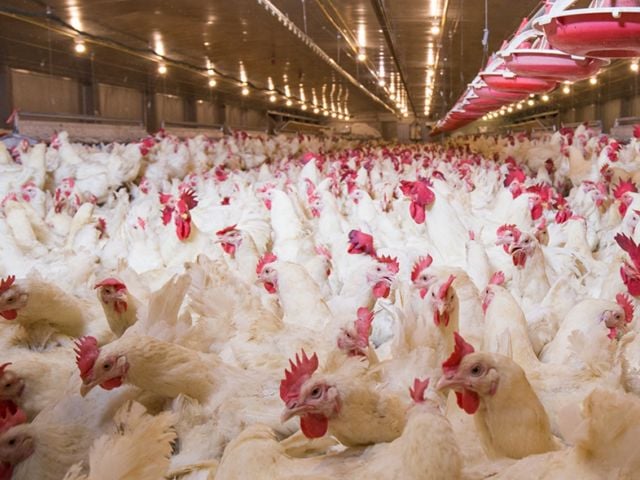WASHINGTON – Nearly 28,000 U.S. farmers received taxpayer-funded federal farm subsidies or disaster relief payments for 32 straight years, according to a new EWG analysis of data from the Department of Agriculture. These recipients took in a total of more than $19 billion.
EWG’s report comes as Congress seeks to impose new work requirements on parents with young children and older Americans who receive anti-hunger assistance through the Supplemental Nutrition Assistance Program, or SNAP. The House failed to pass a new farm bill last month, but congressional leaders have pledged to try again in June.
USDA data show that between 1985 and 2016, a total of 27,930 recipients got payments every year, totaling at least $19.2 billion. The average payment for the 32-year period was $687,204. But the largest recipient, Marsh Farms of Sondheimer, La., received $11.3 million, and nine others received at least $8 million each.
In contrast, according to the Center for Budget and Policy Priorities, the average SNAP recipient in 2017 received $126 per month to help with the cost of food.
Rather than reducing dependence on farm subsidies, the House farm bill would have created new subsidy loopholes by allowing a farmer’s cousins, nieces and nephews to receive payments, regardless of whether they live or work on the farm. The bill also would have made billionaires eligible for subsidies again.
“The next farm bill should ensure that farmers are getting help during tough times, not an annual annuity,” said EWG Senior Vice President Scott Faber. “Any farm bill that claims to promote self-sufficiency should end repeat subsidy payments, regardless of need, and make sure payments flow to farmers who live and work on farms, not to billionaires, city slickers and distant relations.”
You can find the full EWG analysis here.


